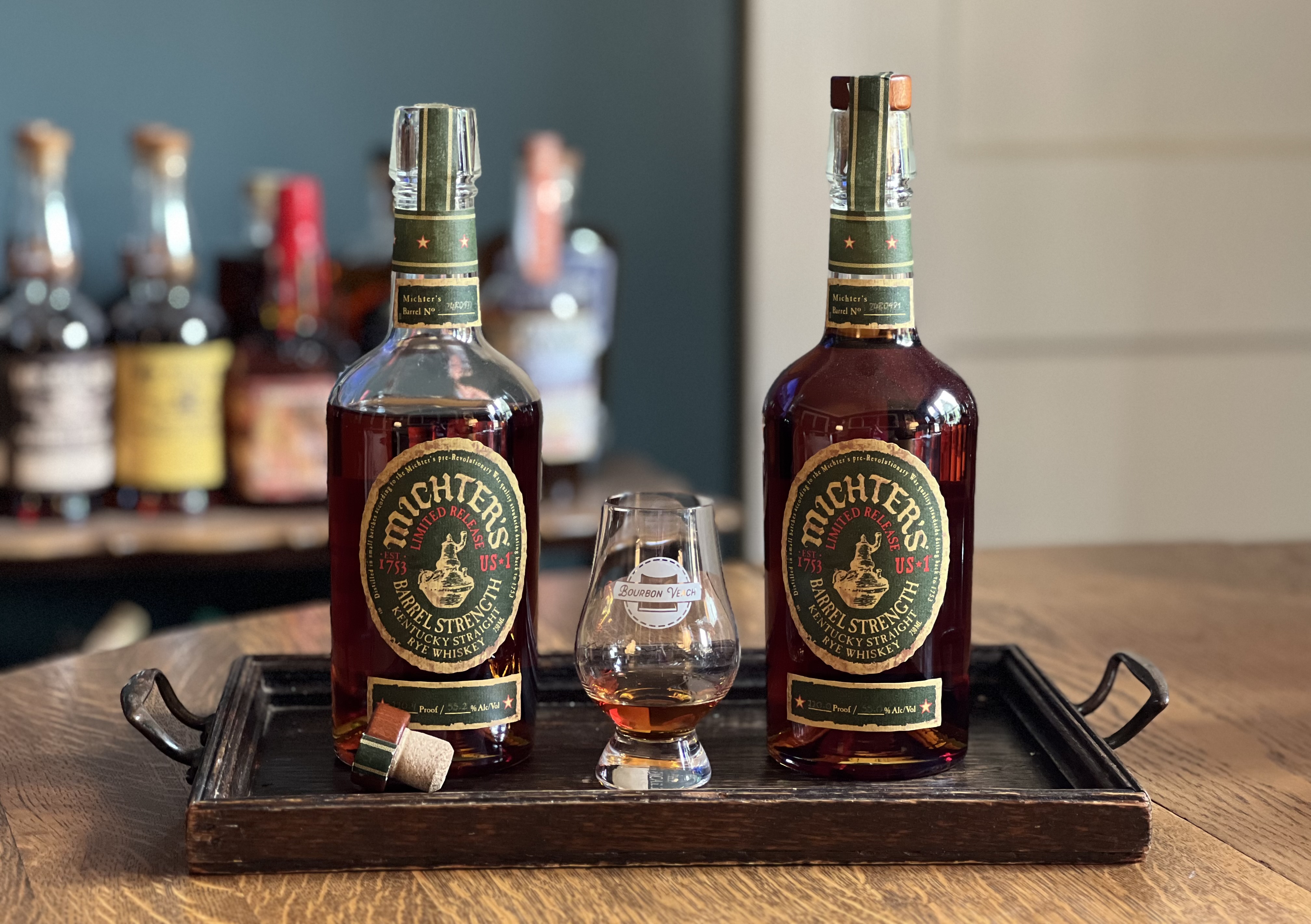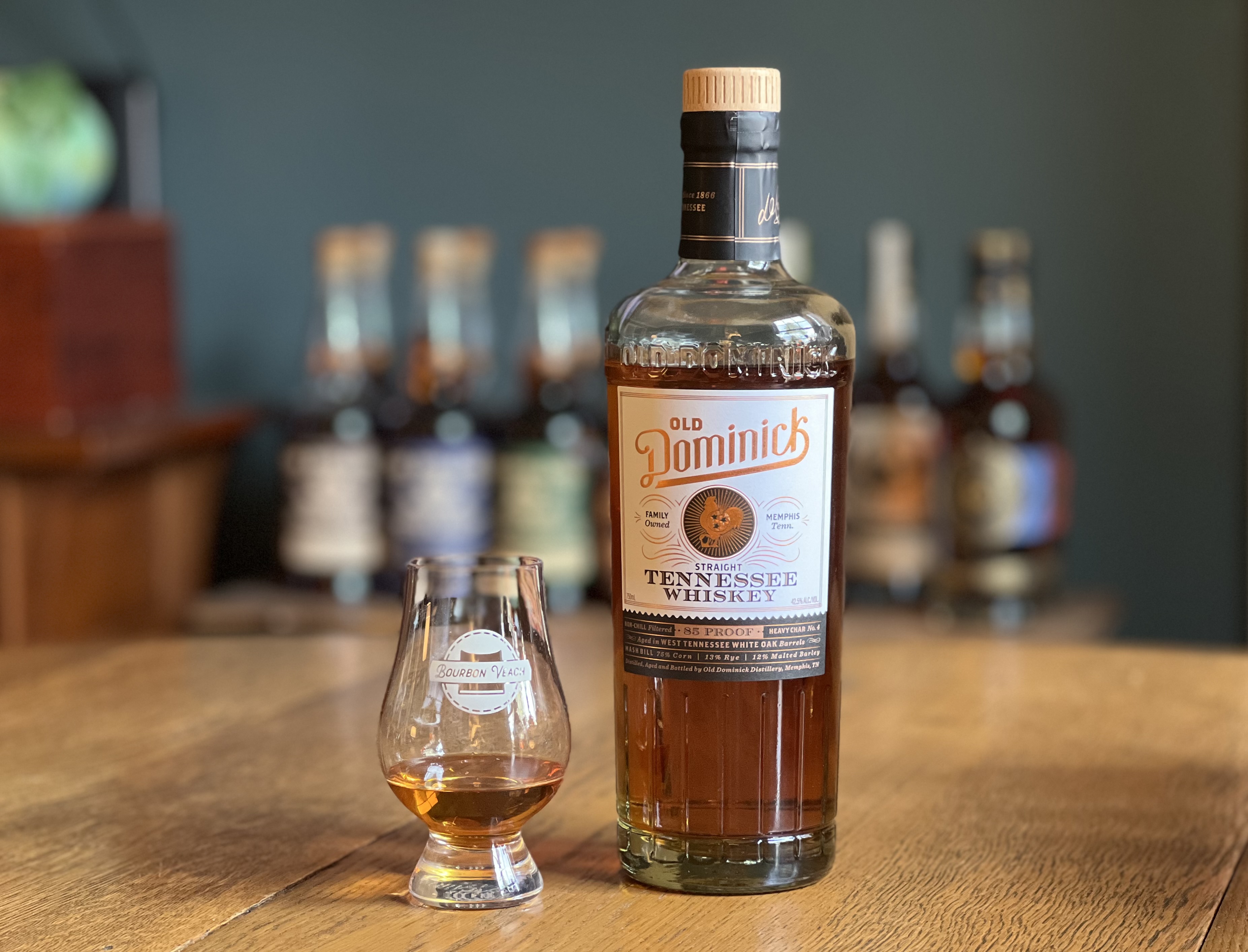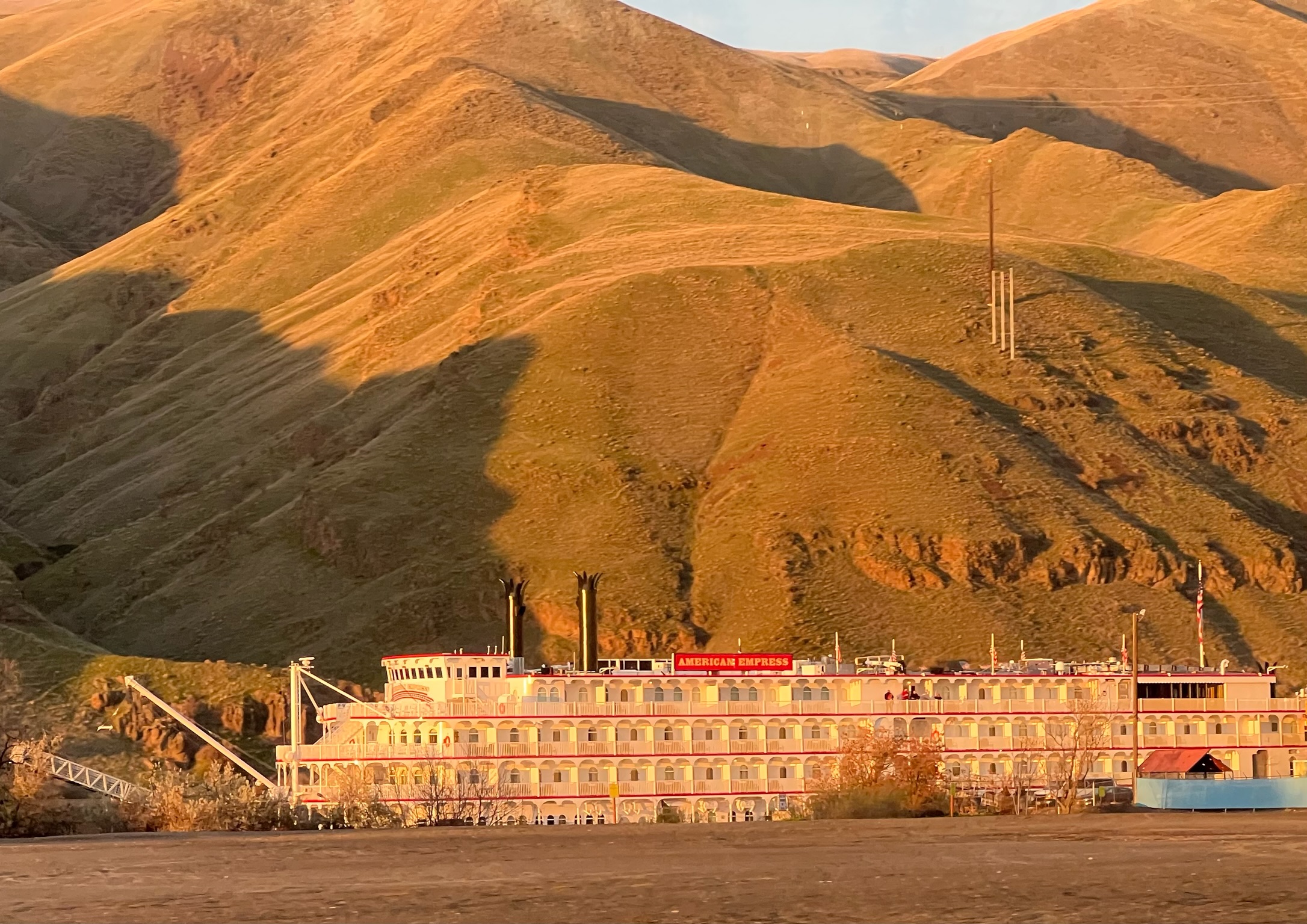Bourbon has been in a boom market for the last decade. People often ask me, “How long is this going to last?” I don’t know but I do have an idea as to what caused the decline in the late 1960s and 70s. It is worthwhile looking at those causes of the decline to learn from those bad times in the Bourbon industry.
It all started over a decade before the in the 1950s. During the Korean War, Louis Rosenstiel of Schenley Distilleries thought the Korean Conflict was going to be another World War and did not want to be caught without whiskey to sell in the event that the government forced distilleries to make industrial alcohol for the war effort. This was what happened in the last World War. After World War II there was a Bourbon shortage for years because the distilleries had not been making beverage alcohol.
At the onset of the Korean War, Rosenstiel ordered all of his distilleries to go to a 24/7 production schedule and filled the warehouses. He even built additional warehouses at that time. He did not convince the other distilleries that this was a problem and they continued with normal production schedules based upon projected growth. Of course the Korean War did not result in distilleries being ordered to shut down production, and Schenley was the major cause of the overproduction that would become a problem for the industry.
Rosenstiel knew that at the end of the 8 years bonding period he was going to have to pay taxes on all of that whiskey. The resulting tax bill would have forced Schenley out of business because he had a lot more whiskey than he could hope to sell in those eight years. Thus, Rosenstiel led the effort to raise the bonding period from 8 to 20 years. In 1958, the bonding period was increased and Schenley was saved.
However, there was still had a lot of whiskey to get rid of. Schenley introduced older expressions of some brands such as Old Charter 10 and 12 year old Bourbons, but that was still just a small portion of what they had in the warehouses. They kept the price of Bourbon cheap in the market because they did not need to raise prices due to overproduction. They decreased production and were actually closing distilleries every year. Lower prices made it hard for many small distilleries to compete in the market and forced them to sell out to larger companies or simply go out of business. It was a bad time for distillery workers since jobs were being lost every year.
As the effects of overproduction were felt, the 1960s, also brought a cultural change. Young people rejected the spirits that their parents drank and experimented with other spirits – beer, wine, vodka and tequila. Vodka also got a huge boost when people started complaining about the “three Martini lunch” and drunk driving. Smirnoff came out with their “It leaves you breathless” marketing campaign. In other words, you drink vodka, no one will smell alcohol on your breath.
Vodka sales soared as whiskey sales declined. Bill Samuels once told me, “The industry shot itself in the foot”. Their answer to declining sales was to lower prices even more. It cheapened the reputation of Bourbon to that of the alcoholic’s drink of choice because it was so cheap. Sales began to decline even more. More distilleries closed.
The industry responded by trying to increase export market sales. They were moderately successful in some markets such as Japan, but Bourbon’s cheap reputation followed it overseas and many markets did not meet their expectations. They also started to sell ceramic decanters which helped sales but at the same time added to the air of desperation that surrounded the product. The one thing that distillers should have done was to promote the quality and taste of their product. It would take the Scots to bring such marketing to the United States.
In the mid-1970s, Scotch sales had been declining worldwide because of the cultural change happening in America. The Scots decided to combat this change by bringing Single Malt Scotch to the market. They already had a few brands of Single Malt in the market, but they never really promoted the differences between single malt and regular Scotch whisky. They started promoting Single Malts by hosting Single Malt tastings where they would pair it with cheese and other foods and cigars. They discussed the taste of the whisky and how it could be enjoyed on many different occasions. Once people started drinking the single malts they would often then try a blended Scotch that was based upon their favorite malt. Sales of Scotch Whisky started to increase across the board.
The Bourbon industry was slow to catch on, but they eventually did. Bourbon distilleries started to introduce what they called “super-premium” brands of single barrel, small batch and extra aged Bourbons. They, too, hosted tastings and pairing Bourbons with food and cigars. As sales increased of these premium brands, people started looking at the existing brands again and sales increased. It took over a decade, but Bourbon sales leveled off and began to increase by the beginning of the 21st century.
There are things to learn from looking at what happened in the 50s, 60s, and 70s to cause the decline. Overproduction could easily become a problem for the distilleries in the future. More and more distilleries are being opened every year, putting more and more Bourbon in the market. Overseas sales are fragile as we have seen in the last year or so as tariffs have decreased the sales in those markets. Prohibitionists are still active. It is not all smooth sailing for the future. Let us hope the industry does a better job in responding to these challenges than they have in the past.

Photos Courtesy of Unsplash and Michael Veach














September 2, 2019 at 12:18 pm
As always a great post, learned more about Bourbon in the last three months since I’ve been reading this blog.
September 2, 2019 at 3:34 pm
Thank you for your kind words. I hope you are going back and looking at the older blogs.
March 6, 2021 at 3:24 am
“Prohibitionists are still active.” What? The industry’s success in repealing the decades-old prohibition against advertising on TV has really flipped the script. The recent Beam commercials portraying beer drinkers as outdated hippies and crotchety old people is interesting. And Primetime TV celebrated bourbon with Bob’s Burgers musical ode to the drink: https://youtu.be/4raRcfFB2_I
March 13, 2021 at 2:14 pm
Now in 2021 the answer from distilleries is to make their products hard to find and increase their prices. Sell limited editions for only a select few to buy. This is turning me away from buying more bourbon. I will start to look for something else, who knows what that will be.
March 13, 2021 at 5:58 pm
There are many excellent Bourbons on the market that are not hard to find and are at a reasonable price. My experience is that most limited releases are good, but over hyped and not worth the price.
March 23, 2021 at 12:26 pm
Excellent article, Michael. It filled in a few blanks in the history of the decline. Greatly appreciated.
March 23, 2021 at 1:57 pm
Thanks Dave. I am glad you liked the blog.
March 18, 2021 at 12:02 pm
No reason it wont happen again although the world is different and income levels are higher to purchase premium brands. But all must keep in mind that bourbon is a comodity like ice cream. Everybody can make it for about the same cost. Grains and energy are the same for all distillers. Base cost for all producers is about $5.00 a proof gallon or $1.00 a bottle. So marketing overhead and taxes , transportation , etc add to the shelf . If overproduction occurs the producer can dump at a low price equivalent to vodka. Fortunately price wars take out a lot of inventory like the 60s and 70s
March 18, 2021 at 6:56 pm
I will have to disagree with you somewhat – you are not taking in the economy of scale. The big distillers can make it cheaper than the smaller distillers.
January 27, 2024 at 2:35 pm
My father and my Uncle John were drinking buddies who switched from Bourbon to Scotch in the mid-1960s, on the advice of Uncle John’s cardiologist. I remember my Dad saying that Scotch tasted “like iodine”, but he didn’t want to have a heart attack as Uncle John had. I remember Uncle John explaining to my Dad that he figured the medical expense deduction as the cost of two shots of 100 Pipers a day – 100 Pipers was their special occasion premium Scotch. I don’t remember their everyday Scotch brand – maybe Dewers or Teachers – but the thought of 100 bagpipes playing together stuck in my boyhood mind.